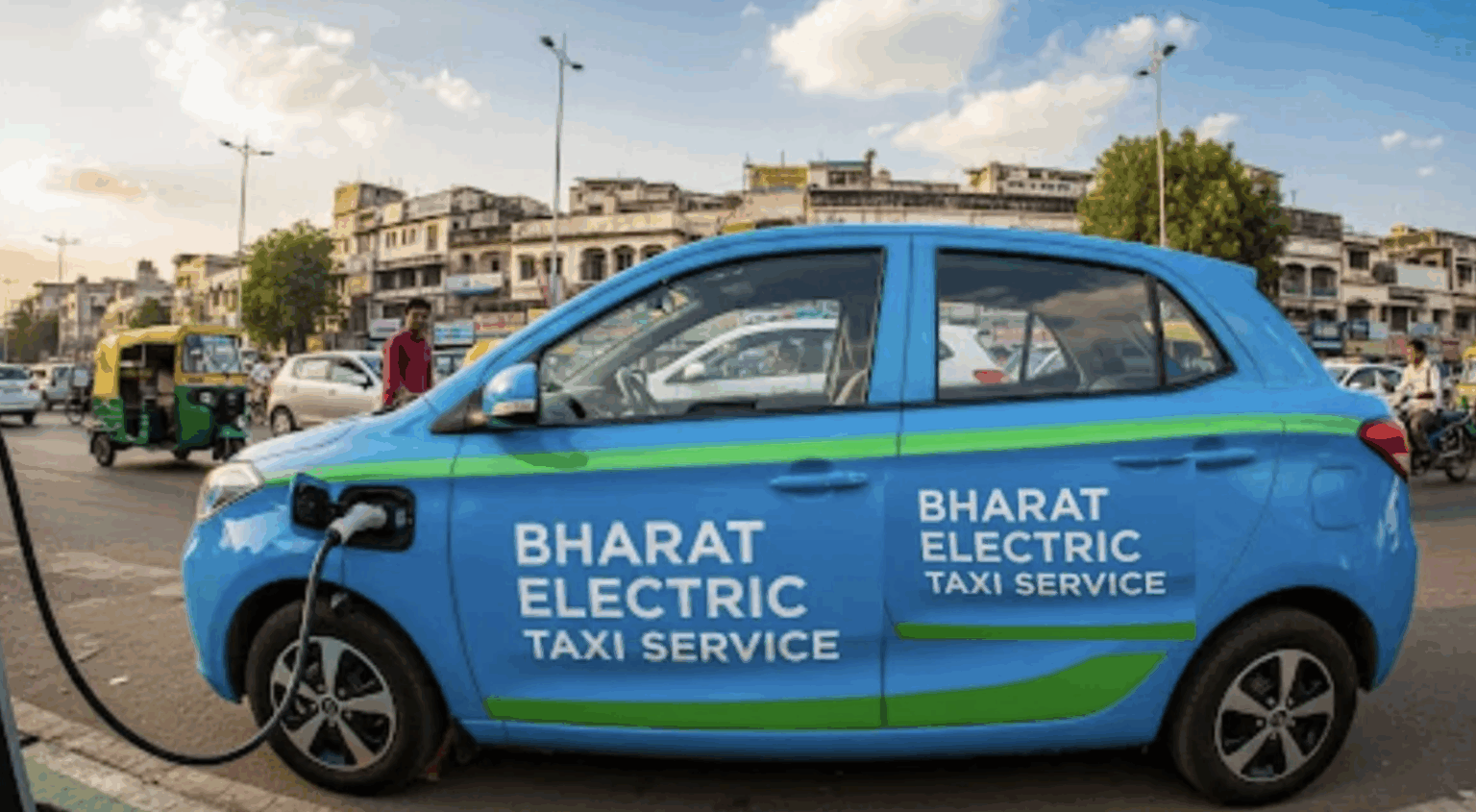This is a Guest Post by Mr. Kishan Jain, Director of Goldmedal Electricals
In terms of buying power parity, India has the third-largest economy in the world. A population of 1.4 billion people drives our country’s demand and consumption, which leads to India’s supremacy in the manufacturing sector. With a rapidly growing population and more than 522 million working Indians, purchasing behaviours and patterns have changed significantly, encouraging more individuals to invest in innovations to live more luxuriously. These continuous changes in the purchasing pattern of consumers have unlocked plenty of opportunities in the FMEG sector regarding new technological inventions.

The consumer electronics sector has been exhibiting no signs of slowing down in terms of recent smart developments. Apart from digital advancement, a focus on implementing more customer-centric strategies has been one of the most important steps for this industry to be more resilient and evolving. With such a tremendous potential for growth and change, businesses must maintain a close eye on evolving customer requirements, drive product innovation, and adopt sustainability to thrive in the post-pandemic phase.
Here are some of the key consumer electronics industry trends that have great potential in the upcoming year:
Rising demand for Home-automation
As per a report by Technavio, India’s home automation industry will have a potential growth of US$3.58 billion by the year 2026. The rising demand for wireless technologies is the primary factor propelling the smart home automation market in India. The adoption of home automation has increased massively as these products are simple to install and enable the convenience of remote control operation. The implementation of such devices also eliminates a lot of complex wiring, which minimizes labour costs and saves time. As a result, the demand for electronics, such as smart switches, smart LEDs, and other electronics for home automation systems are likely to skyrocket in coming years.
Rising demand for research online, purchase in-store (ROPO)
The trend of performing online research before making a retail purchase is another development in the consumer electronics sector relating to the multichannel purchasing behaviour of consumers. In this scenario, consumers perform their initial research on brand websites, social media, and other informational websites before making their final buy in-store. Consumers explore high-quality product information, as well as ratings and reviews for products that are expensive and require investing huge amounts.
Businesses need to comprehend which products are most often evaluated online and bought in person. GPS data or the number of shoppers that click to check a product’s availability in-store can be utilized to track the impact ROPO has on company sales. As a developing trend, ROPO might not always be easy to assess, but it will be vital for businesses to understand this buying behaviour in 2023.
Rising demand for value-for-money products
Businesses should make it a top priority to penetrate markets where cutting-edge technological advancements and inventions will benefit customers’ purchase decisions. The value of the product that a consumer buys is one of the most crucial factors to take into consideration. Businesses should concentrate their efforts on producing items that are worth the purchase price. Companies must emphasize cost innovations as a part of their R&D initiatives to create products that offer quality at a reasonable cost. We predict that consumers will continue to search for cost-effective, valuable products in 2022, and observing this businesses should strategize their product-selling initiatives.
Rising demand for home-grown ‘Made in India’ products
The “Make in India” campaign has gained significant momentum as a direct outcome of the Indian government’s recent ban on Chinese imports. This has led Indian businesses and consumers to engage with locally manufactured products. Local products have garnered consumer preference, allowing Indian companies to become self-sufficient in the future. By bringing large-scale manufacturing to India, the PLI project, led by our Prime Minister Narendra Modi is anticipated to benefit the nation by fostering economic growth and helping to improve employment opportunities. This moment is opportune for the entire industry to become self-sufficient and produce high-quality products that can compete globally. Such government measures would help local manufacturers increase their production capacity and boost exports.
For consumer electronics firms, it is now more essential than ever to comprehend consumer journeys, experiences, and expectations. It is crucial to keep an eye on the upcoming innovations that a particular sector can develop or invent to make its products more consumer-centric. The industries that can change with the times and stay one step ahead are those that are flexible and attentive to the needs of their customers.












